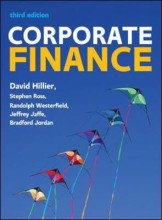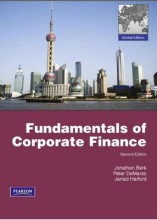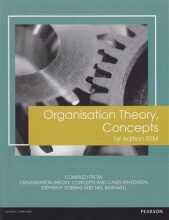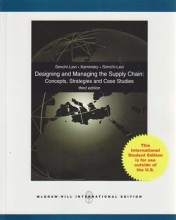Summary: Reken Maar
- This + 400k other summaries
- A unique study and practice tool
- Never study anything twice again
- Get the grades you hope for
- 100% sure, 100% understanding
Read the summary and the most important questions on Reken maar
-
1 Introduction to Corporate finance: the cost of capital and long-term financing
This is a preview. There are 23 more flashcards available for chapter 1
Show more cards here -
What is the difference between debt and equity?
Equity is debt that the company owns to shareholders, debt is what the company owes to external financers -
What is an unlevered firm?
A firm that is financed solely through equity -
What 2 things can a company do with excess cash?
1. Distribute it to shareholders in a form of cash dividend
2. Invest money in project and distribute future cash flows of these projects to shareholders -
What is the risk-free rate?
The compensation for investors for the time value of money. It is the amount an investor will make if they invest in a risk-free project. -
What does the beta signify?
The degree of volatility of an effect, compared to the market -
What 3 factors determine beta?
1. Cyclicality of revenue (direct effect)
2. Operating leverage (amplifies 1.)
3. Financial leverage (amplifies 1.) -
What is cyclicality of revenue?
It refers to the relation between firm performance and the business cycle. High degree of cyclicality --> high beta -
What is financial leverage?
The degree to which a company uses debt to finance its activities. = the fixed cost of financing -
What are brokerage fees?
The costs that are incurred when executing a trade, as it involves a 3rd party -
What is the bid-ask spread?
The difference between the highest price a buyer is willing to pay and the lowest price a seller is willing to accept
- Higher grades + faster learning
- Never study anything twice
- 100% sure, 100% understanding

































